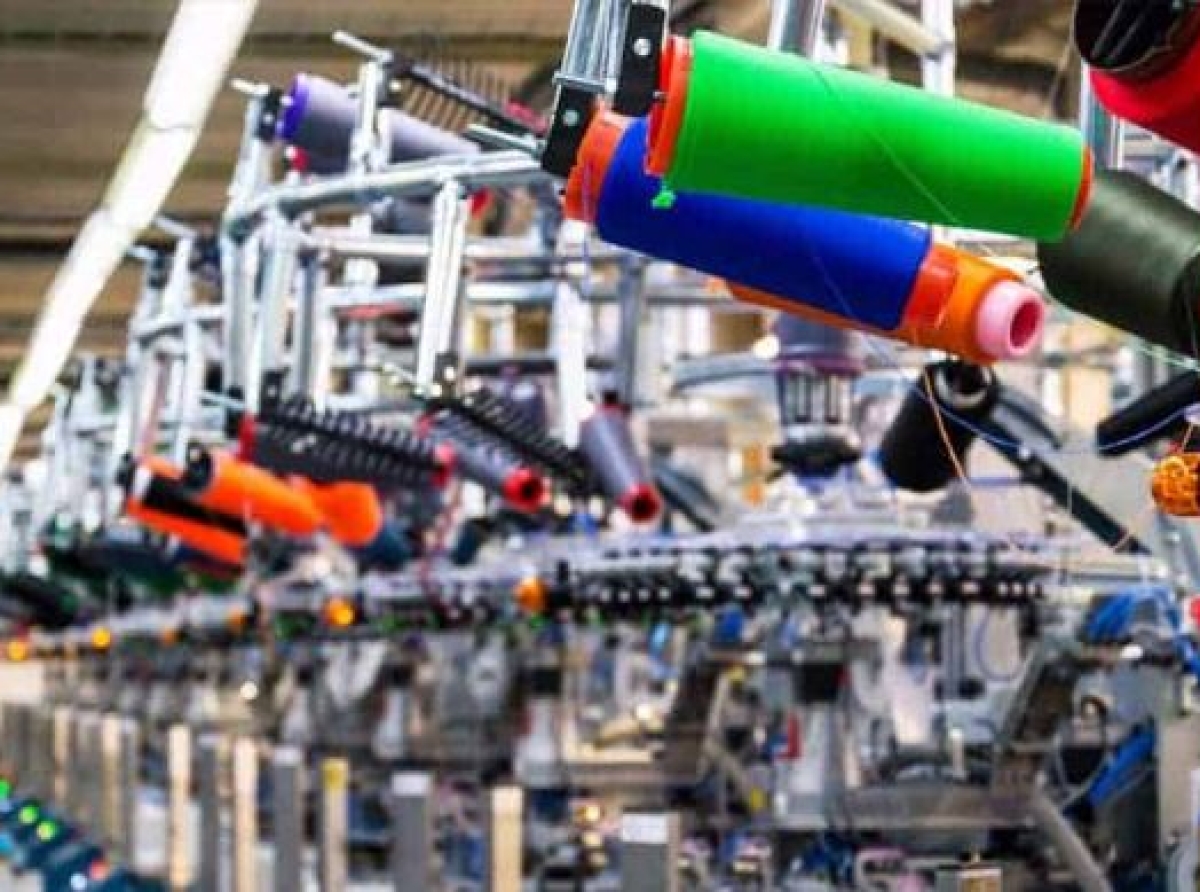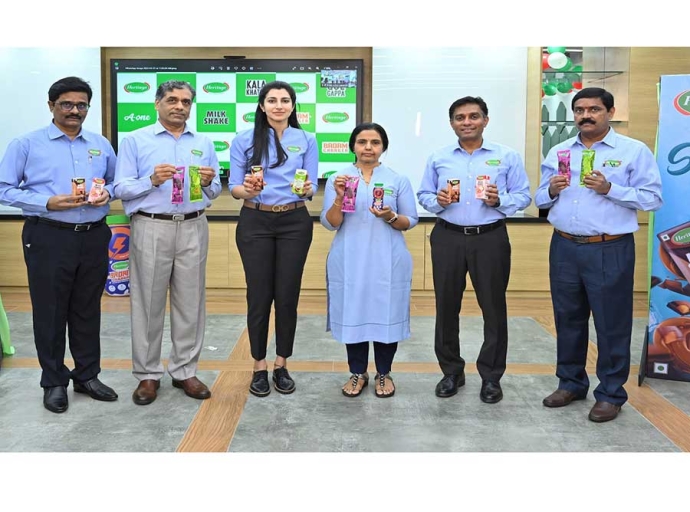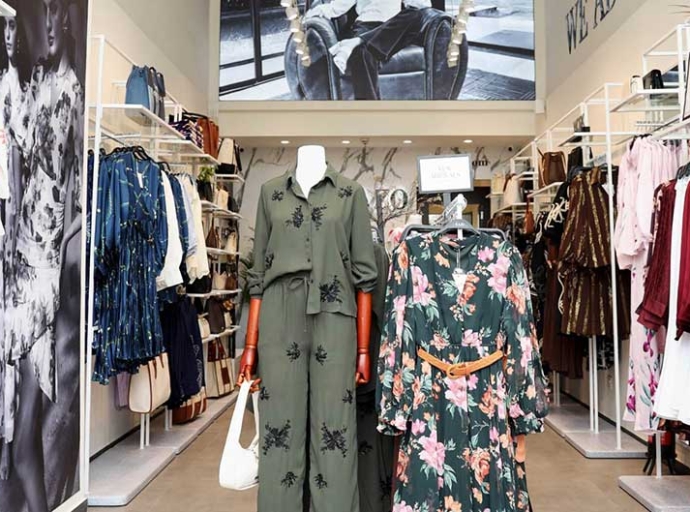16 May 2023, Mumbai
The need for intelligent textiles and bright clothes increases with the demand for fitness trackers and wearable technology. A new industry analysis projects that by 2025, the size of the world market for exquisite textiles will be USD 5.55 billion.
The evolution from analog to digital technology was accomplished using integrated systems found in the developments in fiber optics cables, microprocessors, telecommunication domains, and software domains.
In the last decade or so, technology has transformed many businesses. Business paradigms are in for a transformation on the back of the internet playing a vital role.
Decrypt
Within the context of this revolution, cyber-physical systems and the Internet of Things (IoT) can interconnect with everyone and persons in real-time.
Artificial intelligence (AI) describes the simulation of human intelligence in intelligent devices designed to act and think like people. Building machines that can carry out tasks that traditionally need human intelligence is the focus of this broad area of computer science. Any machine that demonstrates characteristics of the human intellect, such as learning and problem-solving, can also be referred to as AI.
The formerly labor-intensive textile sector has transformed on the back of the steady adoption of AI and the Internet of Things (IoT). Nowadays, broadly it has been experienced that most textile companies use computerized equipment, which is far more effective than human laborers in producing precise patterns on a large scale.
The core idea of delving into the possibility of automation AIs of the world replacing human element will be orchestrated by, the labor-intensive processes, methodology as a pre-condition needs to be converted into automated processes achievable only by nothing else but the use of computers, tailored models, specified digital components, and artificial intelligence (AI)/IoTs to optimize production processes, reduce costs, and improve product quality.
Technology is a big enabler today
The widespread adoption of artificial intelligence (AI) has transformed various industries, including the textile sector.
By leveraging AI capabilities like machine learning and neural networks, the textile industry has been able to automate labor-intensive tasks and enhance quality control operations.
This review highlights the application of computer algorithms in textile manufacturing, where AI is utilized in yarn manufacturing, fabric production, and coloration processes.
With access to historical and real-time data, textile businesses can improve efficiency and augment human capabilities through AI. Although AI adoption in the textile industry is still in its early stages, it holds significant potential to revolutionize the industry in the next two to five years.
AI technologies such as robotics, intelligent sensors, and machine learning algorithms have already made a notable impact in the fashion industry, enabling production optimization, trend analysis, personalized marketing, and improved consumer engagement.
This chapter aims to provide insights into the current and future applications of AI in the fashion industry, showcasing its potential to enhance productivity and sustainability economically and theoretically.
Transformative
The formerly labor-intensive textile sector has transformed due to new technologies like artificial intelligence (AI) and the Internet of Things (IoT). Nowadays, most textile companies use computerized equipment, which is much more effective than human laborers at producing detailed designs on a large scale. Every day, new innovative clothing products are developed.
Smart textiles can track and transmit the wearer's information, including biometric data like blood pressure, heart rate, sweat, temperature, and more, by integrating AI with technologies like Bluetooth Low Energy (BLE), edge computing, and cloud data.
Challenging the stereotypes
AI is revolutionizing the production process and commercial practices for textile businesses. AI can access and gather past and current operational data, offering insights to increase operational effectiveness. It is simpler to adjust processes to maximize the skills of human workers when you have a thorough understanding of your operations.
AI impacts every process step, whether it be product cost, textile production, quality control, just-in-time manufacturing, data collection, or computer-integrated manufacturing. Defect identification, pattern inspection, and color matching are some frequently used AI applications in textile production.
AI-enabled "smart clothes" that use IoT and electrical sensors to enhance user experience are now possible. Bright clothing can employ these technologies to provide a more cozy and healthcare-focused experience. We'll look at some new options for the textile sector below.
Labour intensity is central to textiles
Many of the world's most significant fashion, clothing, and apparel brands appear to have a sizeable portion of their products manufactured in Asian nations such as China, India, Bangladesh, Vietnam, etc., suggesting that garment and textile manufacturing has historically been a labor-intensive industry.
Technology is disruptive
Bright clothing mixed with electronic sensing technologies can help users lead healthier and more attentive lives, much like fitness trackers.
However, bright clothing can offer more physiological signal assessments because it has a broader area of contact with your body than a device like a smartwatch. Important biometrics, like our heart rate, may be continuously monitored with the help of intelligent clothes.
The possibility of long-term monitoring makes it easier for doctors to recognize or classify potential heart problems.
Through regular monitoring over a longer time, bright clothing assists patients in gathering complete and comprehensive heart-related data, tracking long-term heart illness, and improving the detection and diagnosis of heart disorders.
Multiple use cases
In PPC, AI is being used more and more in fabric spreading, cutting, bundling, various sewing operations, pressing, ironing, packing, quality control, SCM, and several other processes.
Smart clothing/wearables
Consumers have prioritized healthcare and medical attention in their wearable gadgets since the COVID-19 epidemic, and this trend is now expanding to intelligent clothing. BLE-enabled clothing can feel, sense, and control data, and the advancement of fabric-based sensors should only enhance the overall wearing experience.
A reliable and practical energy source from their inbuilt battery is needed for smart clothing, especially for models that rely on BLE and IoT technologies.
Way forward
Artificial intelligence is bringing a revolutionary and disruptive change to the textile business that has never been witnessed before as we are living in the most eventful years.
"Artificial intelligence revolutionizes manufacturing with increased automation, improved efficiency, and enhanced quality control processes."
Artificial intelligence, in particular, is advancing the textile business. Additionally, required elements include edge computing, precise sensors, cloud data, and ultra-low power technologies.
Latest Publications


































